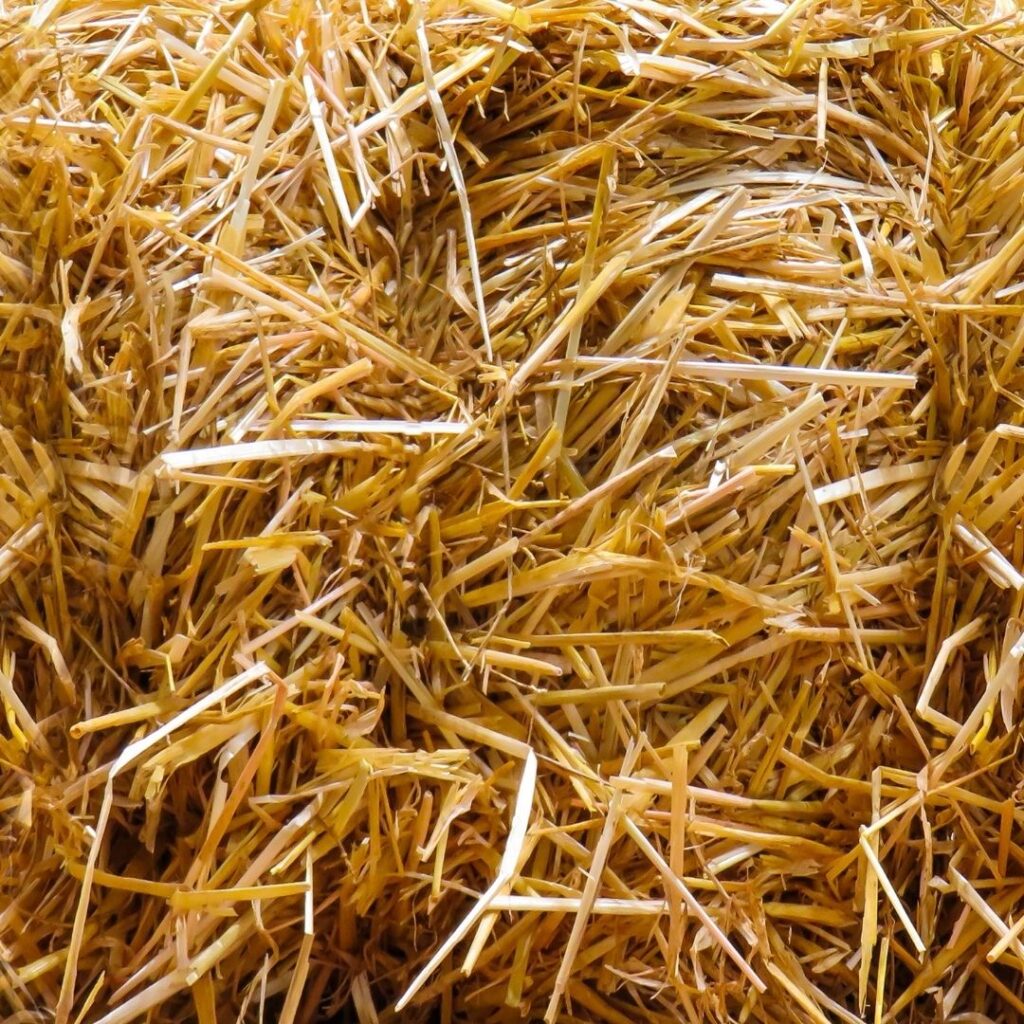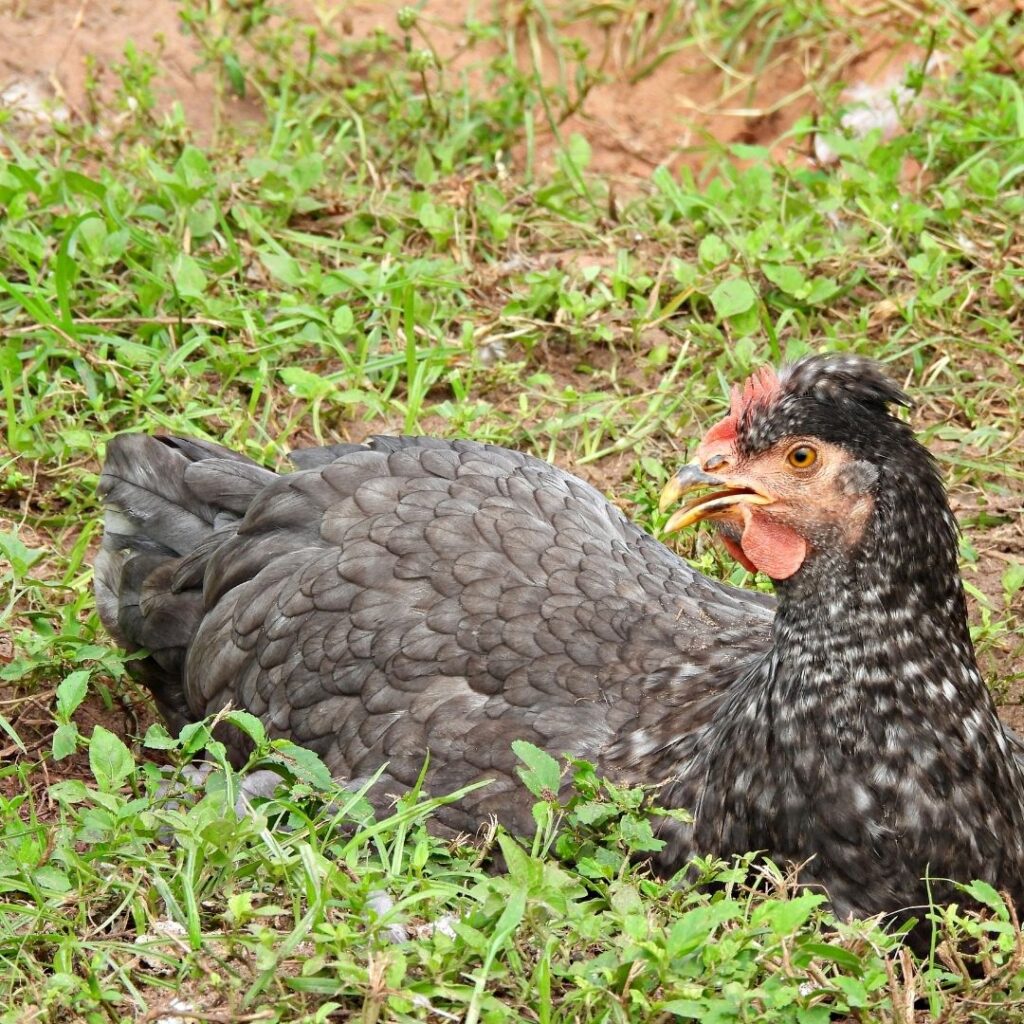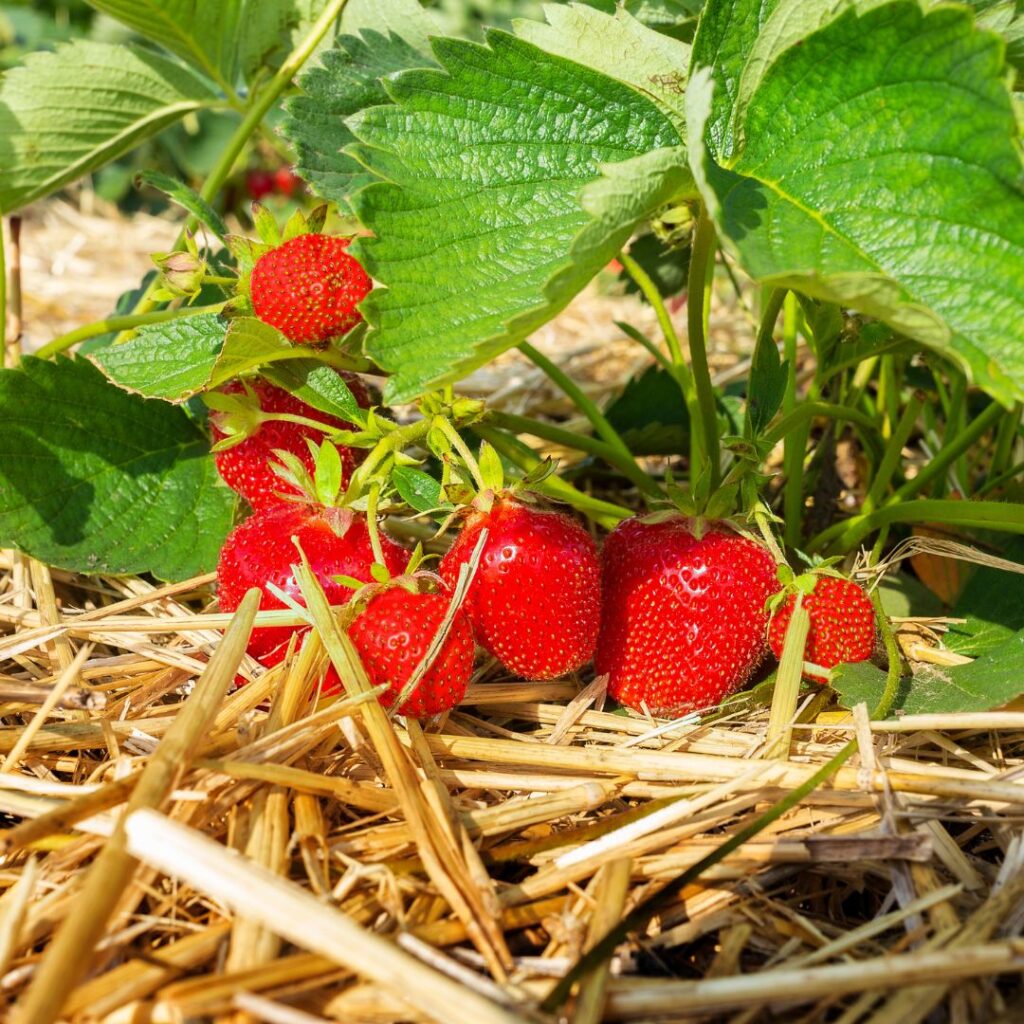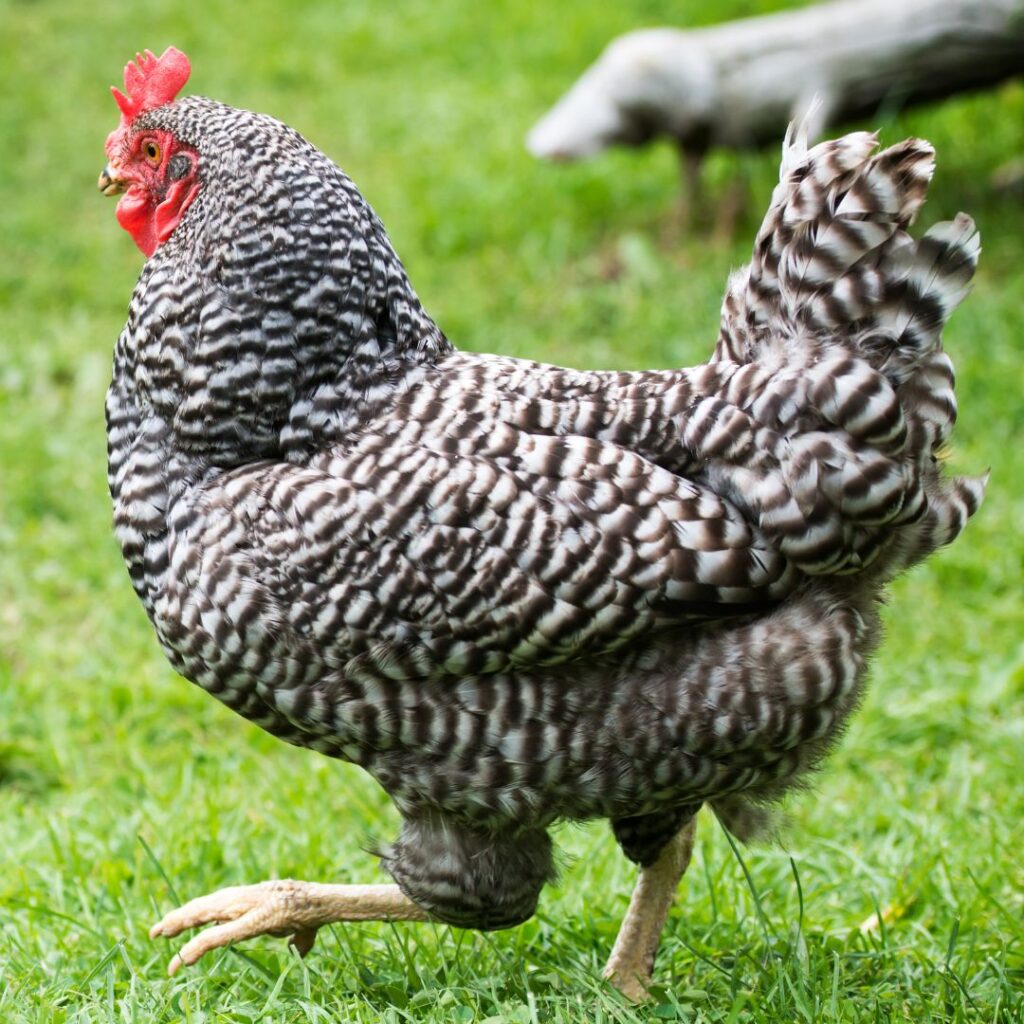Straw in a garden is not a new concept. A proper mulch can be incredibly helpful when growing vegetables. Straw, in particular, offers many different benefits, which can significantly improve your plant health and productivity while saving money and saving labor. You’ll have better moisture control, less weeding needed, wind protection, and more.

Should I use straw or hay in my garden?
When selecting straw or hay, straw is what you want. It will be more efficient vegetable gardens. Hay can contain seeds that can cause weed growth. There are exceptions but your garden center should be able to guide you. Salt Marsh Hay is one of those few exceptions.
Straws have good mulching ability for your vegetables. This product is clean and easy to break down, it gives plants what is necessary for growth.
Straw Use to Conserve Water and Moisture Needed In Your Garden Beds.
Straw bales can be broken into sections, then loosened up and spread between rows and around plants in your garden areas. This is especially helpful in vegetable gardens where you may need to water more frequently than flower garden beds. The light color of straw reflects the sun’s heat, helping keep your soil cool as well.
Can Straw Help With Weed Control?
Yes. Once your garden beds are prepped and planted you can spread straw in the gardens, enough to cover the whole area so you don’t see the earth below. Roughly 2-3″ is plenty. Some gardeners like to also lay a layer of newspaper down before spreading straw, although it can be helpful, it’s not necessary.
Straw can have a small amount of seed in it, but nothing in comparison to the usual garden weeds.

Is it OK to put straw around vegetable plants?
Place straw “around” plants, leaving a 4-8″ area while plants are maturing. You want to allow the plant to get some growth with its leaves established. Plants like cucumbers, once the plant comes up, the mature growth will spread on the straw and do well. Taller plants like tomatoes will only need about 8-10″ of height. Overall, straw in gardens is going to nurture and protect your plants.
Is straw good for raised garden beds?
Straw is particularly useful when gardening and needing a temporary raised bed. As straw decomposition increases, the material adds benefits to your garden. At the end of your harvest or flowering season, you can spread straw out to promote its decomposition. The soil will benefit from adding valuable nutrients to the soil as it decomposes.
Straw To Save On Water In Your Garden
You’ll be saving significant amounts of water and watering time by spreading any mulch, especially straw. Depending on the sun’s direction and your temperatures, you could save two-thirds of your water and time spent. For a hobby farmer, this is a significant savings.
Straw not only reflects heat but also helps retain moisture.
Check moisture levels in your garden bed by simply sticking a garden spade or shovel down to check. Obviously more mature growth should have a deeper moisture level than new seedlings. Use common sense. Overall, your water conservation will be noticeable in the very first few weeks.

Disease Control and Soil Splash
Straw is a good tool to reduce soil splashes and disease that results. Most people do not consider the potential downside of reducing soil contact by reducing the impact of the water from rain.
Straw mulch can help control diseases, including bloom rot. Blight spores are found throughout the soil and travel upward to plants when the ground hits the lower leaf.
Straw for Soil Amendment
Straw can be easily applied to soil as soil amendments too. Used this way, it adds bulk and organic materials for improving poor, dense soils and clays and sand soils needing more organic matter.
Straw doesn’t offer much nutrition for forage/ animal feed. However, it does release nutrients to the soil as it decomposes into soil. The bulky and organic content can be a good resource for poor soil, sand, or hardpacked varieties. Straws absorb and help increase soils’ capacity to hold water.
Straw for erosion control
You will often find bales of straw at construction sites used for erosion and waterway protection. The quality of straw is different, but the principles are also applicable to gardens. The soil exposed to a rainwater source and exposed to wind or water is vulnerable to erosion. Spread the straw thickly over all the bare ground. A layer of 2 -3 inches thick will suffice to prevent normal garden erosion.

Build a quick and easy cold frame from Straw Bales
The cold frame can be described as an underground greenhouse. Generally, these structures are never heated although a good layer of manure beneath can give some warmth when decomposing. However, manure is not needed in these.
Cold frame plants can be helpful for transplanting and hardening seedlings. This is also helpful to harden the roots off before transplanting them into the garden.
Supplies needed:
- Old window in the frame (or heavy plastic sheeting)
- 4 bales of straw for perimeter
Place bales of straw in a square leaving an opening to place plants in the center, top with the window or plastic sheeting (place tent stakes to hold plastic in place or weigh down with rocks). An old window is perfect because no need to secure plastic.
Can I grow my vegetables in straw?
Once seedlings are ready to be hardened off, but not quite ready for the outdoor garden, you can make the transition with your straw. Create a place (divot) with the handle of your garden tool, carefully but firmly place the starter peat pot directly into the straw.
You can also plant directly to straw for full-growth, mature gardens.
We’ll go more into this in a future article, but in the meantime, be sure to check out this video for more information.
Construct a Super-Simple Compost Bin with Straw Bales
Using the same instructions cold frame you can create a compost bin with straw bales. Using four bales you’re able to create a simple composting bin. A huge plus, the straw itself can also be used in your compost as it decomposes. For this construction, you can put an old piece of plywood on the top. Compost bins prefer dark areas.
Straw Garden Paths and Walkways
Similar to mulch on plants and gardens, straw offers a very affordable option to design or protect garden paths. It is cheap and environmentally friendly. Furthermore, it is more sustainable.
Unlike stone and brick garden paths it can be moved and removed quite easily. In gardens or paths near plants this aids soil.
Looking for better options for a stronger healthier lawn (now that you’re a new pet owner!) Read these top lawn choices for dogs.
Stop by to read all our summer safety tips for your pets here.

Insulate Over-Winter Crops with Straw mulching
Straw has excellent filtration abilities which makes it very good insulation. It will work very well for insulation during the hot summers as it keeps the soil cool while providing insulation throughout winter. Use them where plants need protection during the winter months. This helps with fall (autumn) grown bulbs, which are a necessity for replanting for flowering spring.
A second use is to preserve fall-planting plants of garlic and related bulbs. Root crops that are left in the ground can be either kept warm or protected over winter.
Build Garden Party Benches with Straw Bales
Do you need an entertaining bench? Straw bale is the way to go. Put blankets over bales for two people. Stretching one or three boards will allow several people to seat themselves. Continue for the maximum number of places to place the crowds.
Maybe you just need a place to sit and soak in the beauty of your garden. These bale benches are great for garden use!
Parting Thoughts
Now that you know the benefits and uses for straw bales in your gardens, the next step is to pick up a bale or 4.
You can look forward to a healthier garden, less work, efficient water usage, and nutritional benefits. Maybe you even learned something new about plating right in your straw bale. This will add time and enjoyment to your gardening season.




Pingback: Best Garden Tools for the New Home Owner - Gilmore's